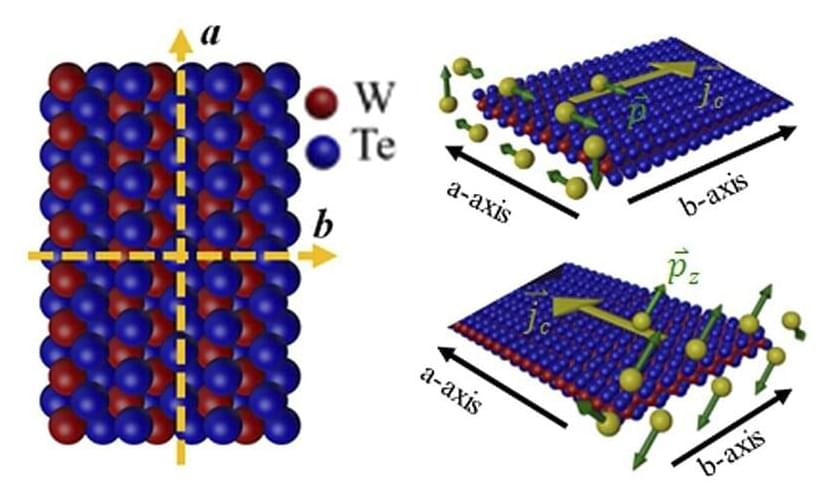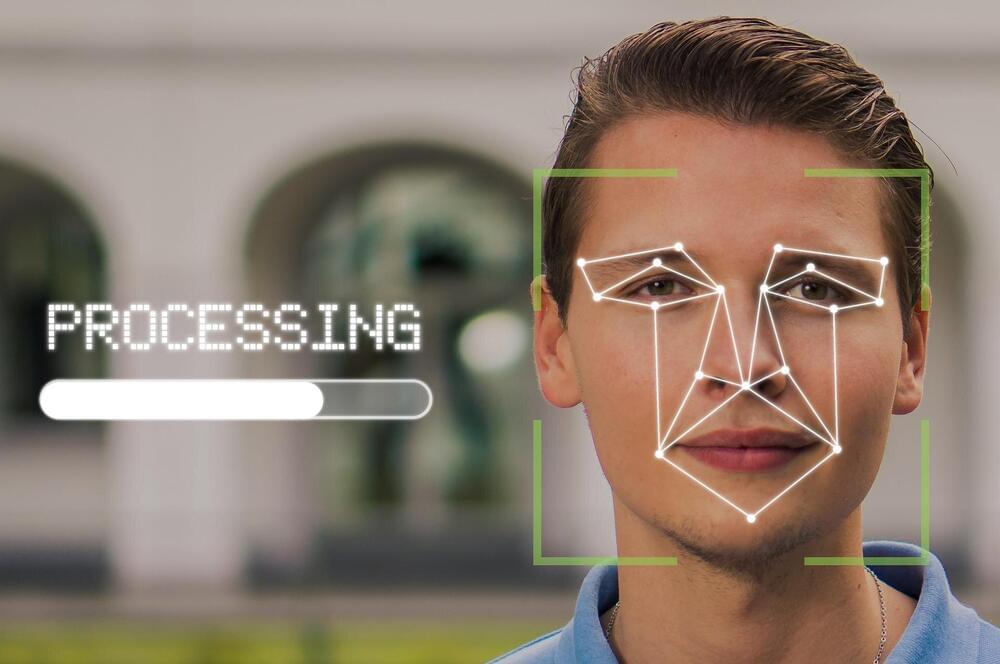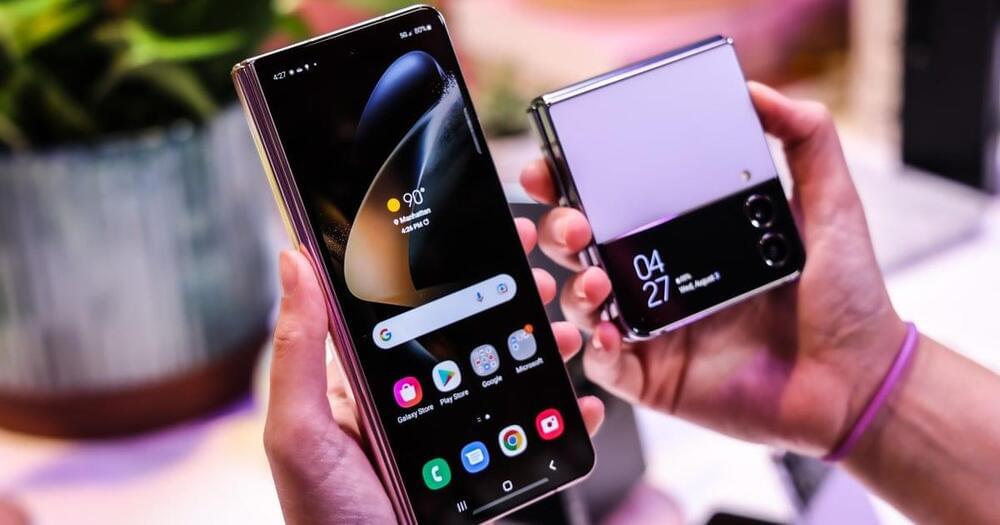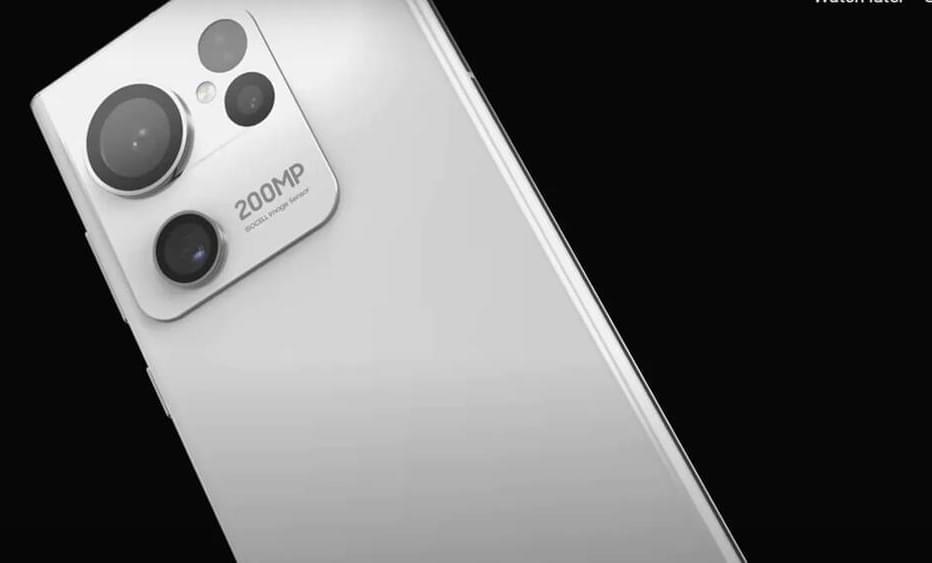Archive for the ‘mobile phones’ category: Page 71
Aug 18, 2022
Negative digital media effects
Posted by Dan Breeden in categories: computing, mobile phones, neuroscience

Smartphones, tablets, computer screens — all digital media has detrimental effects on your brain. That is a position that Professor Manfred Spitzer, a neuroscientist and author of several books, defends. You might like what you’ll hear, you might not, but don’t say that you haven’t been warned. Especially if you have kids running around with smartphones all day long.
Created by Rimantas Vančys.
Video footage and graphics: Envato Elements.
Additional material: NASA.
Music: Envato Elements.
Aug 15, 2022
AI-designed camera only records objects of interest while being blind to others
Posted by Jose Ruben Rodriguez Fuentes in categories: encryption, information science, mobile phones, robotics/AI, security, surveillance, transportation
Over the past decade, digital cameras have been widely adopted in various aspects of our society, and are being massively used in mobile phones, security surveillance, autonomous vehicles, and facial recognition. Through these cameras, enormous amounts of image data are being generated, which raises growing concerns about privacy protection.
Some existing methods address these concerns by applying algorithms to conceal sensitive information from the acquired images, such as image blurring or encryption. However, such methods still risk exposure of sensitive data because the raw images are already captured before they undergo digital processing to hide or encrypt the sensitive information. Also, the computation of these algorithms requires additional power consumption. Other efforts were also made to seek solutions to this problem by using customized cameras to downgrade the image quality so that identifiable information can be concealed. However, these approaches sacrifice the overall image quality for all the objects of interest, which is undesired, and they are still vulnerable to adversarial attacks to retrieve the sensitive information that is recorded.
A new research paper published in eLight demonstrated a new paradigm to achieve privacy-preserving imaging by building a fundamentally new type of imager designed by AI. In their paper, UCLA researchers, led by Professor Aydogan Ozcan, presented a smart camera design that images only certain types of desired objects, while instantaneously erasing other types of objects from its images without requiring any digital processing.
Aug 15, 2022
Apple Finds Its Next Big Business: Showing Ads on Your iPhone
Posted by Raphael Ramos in categories: business, mobile phones
Apple is set to expand ads to new areas of your iPhone and iPad in search of its next big revenue driver. Also: The company slows its pace of acquiring startups, and Peloton embarks on a major overhaul.
Last week in Power On: Apple’s delay of iPadOS 16 and Stage Manager keeps the focus on the iPhone 14.
Aug 14, 2022
Physicists switch magnetic state using spin current
Posted by Dan Breeden in categories: computing, mobile phones, quantum physics
When Carnegie Mellon University doctoral candidates I-Hsuan Kao and Ryan Muzzio started working together a switch flicked on. Then off.
Working in the Department of Physics’ Lab for Investigating Quantum Materials, Interfaces and Devices (LIQUID) Group, Kao, Muzzio and other research partners were able to show proof of concept that running an electrical current through a novel two-dimensional material could control the magnetic state of a neighboring magnetic material without the need of applying an external magnetic field.
The groundbreaking work, which was published in Nature Materials in June and has a related patent pending, has potential applications for data storage in consumer products such as digital cameras, smartphones and laptops.
Aug 13, 2022
Hydrophobic Ice More Common than Thought
Posted by Saúl Morales Rodriguéz in categories: biotech/medical, finance, mobile phones, robotics/AI, security
Researchers have observed the formation of 2D ice on gold surfaces that were thought to be too hydrophilic and too rough to support this type of ice.
Mobile devices use facial recognition technology to help users quickly and securely unlock their phones, make a financial transaction or access medical records. But facial recognition technologies that employ a specific user-detection method are highly vulnerable to deepfake-based attacks that could lead to significant security concerns for users and applications, according to new research involving the Penn State College of Information Sciences and Technology.
Aug 13, 2022
Deepfakes expose vulnerabilities in certain facial recognition technology
Posted by Saúl Morales Rodriguéz in categories: biotech/medical, finance, mobile phones, robotics/AI, security
Mobile devices use facial recognition technology to help users quickly and securely unlock their phones, make a financial transaction or access medical records. But facial recognition technologies that employ a specific user-detection method are highly vulnerable to deepfake-based attacks that could lead to significant security concerns for users and applications, according to new research involving the Penn State College of Information Sciences and Technology.
The researchers found that most application programming interfaces that use facial liveness verification—a feature of facial recognition technology that uses computer vision to confirm the presence of a live user—don’t always detect digitally altered photos or videos of individuals made to look like a live version of someone else, also known as deepfakes. Applications that do use these detection measures are also significantly less effective at identifying deepfakes than what the app provider has claimed.
“In recent years we have observed significant development of facial authentication and verification technologies, which have been deployed in many security-critical applications,” said Ting Wang, associate professor of information sciences and technology and one principal investigator on the project. “Meanwhile, we have also seen substantial advances in deepfake technologies, making it fairly easy to synthesize live-looking facial images and video at little cost. We thus ask the interesting question: Is it possible for malicious attackers to misuse deepfakes to fool the facial verification systems?”
Aug 10, 2022
Samsung Galaxy Unpacked August 2022: Watch with us LIVE
Posted by Tristan Hambling in category: mobile phones
Samsung unveiled the Galaxy Z Fold 4 and Z Flip 4 alongside new Galaxy Buds and the Galaxy Watch 5.
Aug 8, 2022
Galaxy S23 may feature Samsung’s 200MP camera, will take on iPhone 14 Pro
Posted by Tristan Hambling in categories: electronics, mobile phones
The 200-megapixel ISOCELL HP1 sensor uses advanced levels of pixel binning technologies to extract details and light in challenging situations.
Aug 6, 2022
The Robocalls Problem Is So Bad That the FCC Actually Did Something
Posted by Kelvin Dafiaghor in categories: cybercrime/malcode, mobile phones, transportation
“Hello, we’ve been trying to reach you about your car’s extended warranty.” After years of seemingly unstoppable scam robocalls, this phrase is embedded into the minds of many of us. Last month the Federal Communications Commission (FCC) announced it was ordering phone providers to block any calls coming from a known car warranty robocall scam, offering hope that U.S. phone users may hear that all-too-familiar automated voice a little less often.
But there is more work required to crack down on these calls. After all, car warranty warnings are only one type of scam. To understand how robocallers reach us, and why it’s so hard to stop them, Scientific American spoke with Adam Doupé, a cybersecurity expert at Arizona State University.
[An edited transcript of the interview follows.].
















